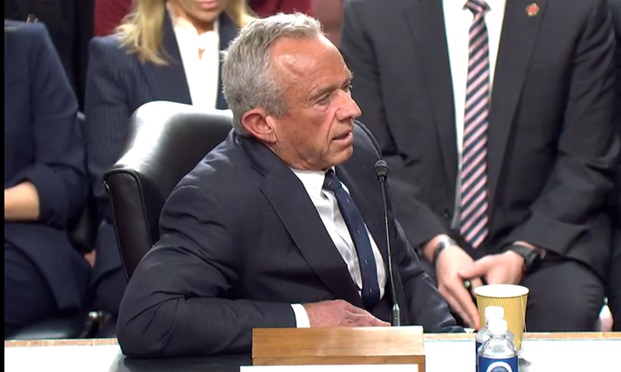 Credit: jittawit.21/Adobe Stock
Credit: jittawit.21/Adobe Stock
Approximately 11% of U.S. adults are “cost desperate,” meaning they are unable to afford or access quality health care. That equates to an estimated 29 million people — the most since 2021 — and illustrates record high disparities in care based on race, ethnicity, and income.
This alarming statistic is one of the key findings in the latest West Health-Gallup Healthcare Indices Study, released April 2.
Recommended For You
The most notable increases since 2021 in the “cost desperate” category occurred among Hispanic adults (up eight percentage points to 18%), Black adults (up five points to 14%), and households earning less than $24,000 per year (up 11 points to 25%). At the same time, there have been no significant changes in the proportion of white adults or middle- to high-income earners facing the same level of struggle, according to Gallup.
These latest findings are based on web and email surveys conducted in November and December 2024 featuring a nationally representative sample of 6,296 adults.
The survey defines “cost desperate” individuals as those who lack access to quality and affordable health care and have recently been unable to pay for care and medicine.
Race and income gaps also are evident among “cost insecure” Americans, defined as individuals who lack access to quality, affordable care or have recently been unable to pay for either needed care or medicine. Black (45%) and Hispanic (48%) adults are far more likely than white Americans (34%) to fall into this category — as are Americans who earn less than $48,000 annually.
“While households earning under $48,000 annually have always reported more difficulty accessing affordable health care, the difficulty has worsened considerably in the past year, climbing by 11 points (to 64%) among those in households earning under $24,000 and 12 points (to 57%) among those in households earning $24,000 to less than $48,000,” according to a survey summary. “Adults from higher-income households (earning $120,000 or more) report no change since 2023 for this aspect of the Healthcare Affordability Index. As such, the already-large gap between high- and low-income Americans in their ability to access affordable quality care has now expanded to its widest level.”
These changes, researchers conclude, “may reflect a confluence of factors, including elevated levels of consumer and medical inflation, persistent drug shortages, and climbing rates of Medicaid disenrollment due to the expiration of the continuous enrollment provision and major cuts in Children’s Health Insurance Program (CHIP) enrollment.”
“The rising trajectory in the inability to pay for health care is a disturbing trend that is likely to continue and even accelerate,” Tim Lash, president of West Health Policy Center, part of a group of nonprofit organizations focused on health care and aging, said in a statement. “Policy action at both the state and federal level is urgently needed, or even more Americans will have to go without treatment or be forced to make painful tradeoffs between paying for medical care or paying for other necessities. The human and economic costs are enormous.”
© Touchpoint Markets, All Rights Reserved. Request academic re-use from www.copyright.com. All other uses, submit a request to [email protected]. For more inforrmation visit Asset & Logo Licensing.






